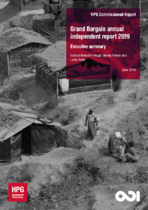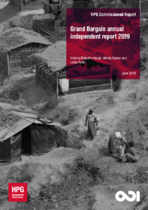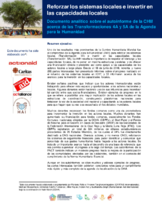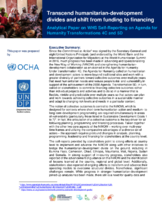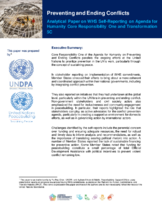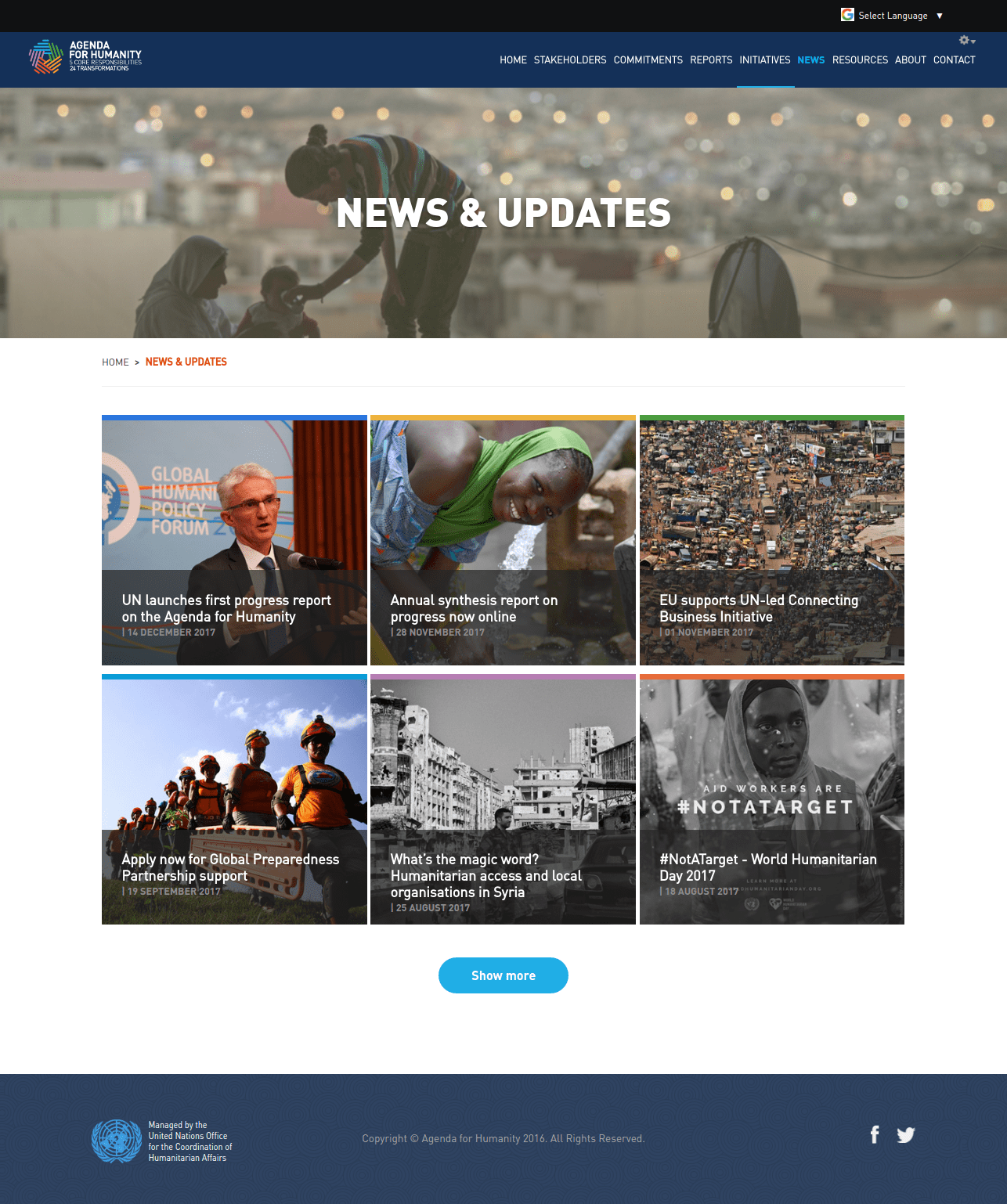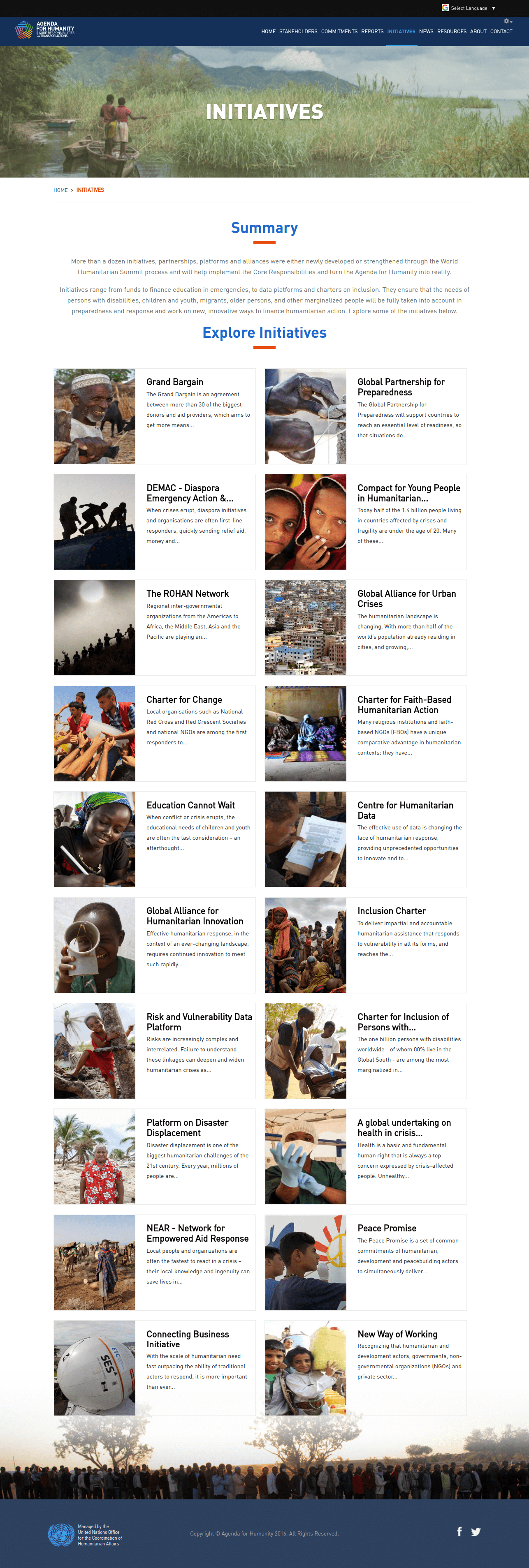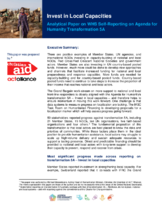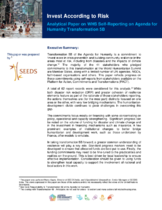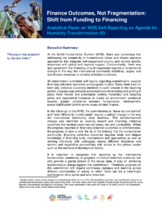Invest in Humanity
Accepting and acting upon our shared responsibilities for humanity requires political, institutional and financing investment.
To reduce the funding gap for humanitarian needs and to act on our responsibility to vulnerable people, we need to shift to humanitarian financing that invests in local capacities, is risk-informed, invests in fragile situations and incentivizes collective outcomes. This means increasing funding not only to response, but also to risk and preparedness, to protracted conflicts and to peacebuilding. It means boosting local response through more funding to national NGOs and to pooled funds and stopping blocks to crucial investments, such as remittances flows. This means being more creative about how we fund, using loans, grants, bonds and insurance mechanisms; by working with investment banks, credit card companies and Islamic social finance mechanisms, as well as with donors. It requires donors to be more flexible in the way they finance crises, including giving longer-term funding. And it requires aid agencies to be as efficient as possible and transparent about how they are spending their money. These transformations will only be effective if we put the financing of collective goals at the heart of our efforts, rather than supporting individual projects.
Agenda for Humanity Transformations
The Agenda for Humanity advocates for five strategic and normative transformations that are necessary in order to invest in humanity:

Invest in local capacities
Invest in local capacities: Local actors are the best placed to know the underlying risks and priorities of communities. While those factors place them in the ideal position to provide humanitarian assistance, local actors can struggle to scale high-volume delivery and sustain adequate resources to support a lasting organizational presence Direct and predictable financing, where possible, should be provided to national and local actors along with long-term support to develop their capacity to prevent, respond and recover from crises.

Invest according to risk
Invest according to risk: The international community needs to invest more in crisis prevention and building up community resilience. National and international investments in sustainable development should be risk-informed. Commitments to the Sendai Framework for Disaster Risk Reduction and other relevant international frameworks to increase support to countries vulnerable to disaster risks or the negative consequences of climate change should be implemented with urgency.

Invest in stability
Invest in stability: Investment must increase in situations of fragility including a greater focus on strengthening national and local inclusive institutions. Investment in fragile situations also requires more sustained, intense and concerted political and financial investment to prevent and end conflicts.

Finance outcomes, not fragmentation: shift from funding to financing
Shift from funding to financing: A shift is required from funding short-term individual projects and activities to financing outcomes that meet needs and reduce vulnerability. Financing should be flexible, predictable and over multiple years so that actors can work toward outcomes in a sustainable manner.

Diversify the resource base and increase cost-efficiency
Diversify resources and increase efficiency: Resources for humanitarian action must be increased from a more diverse range of actors. At the same time efforts must be made to improve the cost-efficiency and transparency of humanitarian financing and response.
Summary of Commitments made

* The count includes Core, Individual and Joint commitments
The World Humanitarian Summit generated important political support for this new financing paradigm for humanitarian action. Click the button below to view the commitments made towards Core Responsibility Five.
Progress Reports
Click the button below to view stakeholders' progress reports on Core Responsibility Five.


